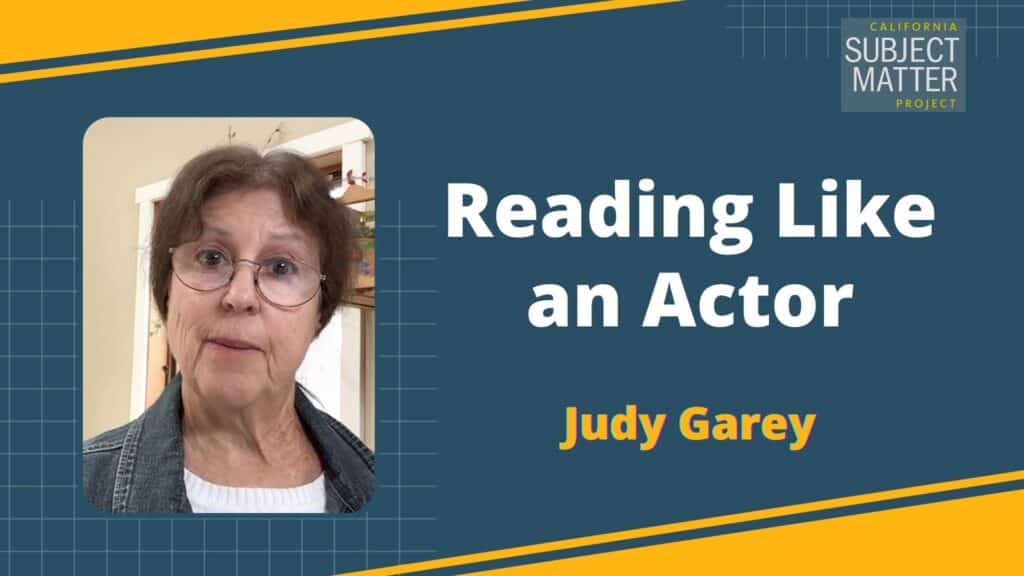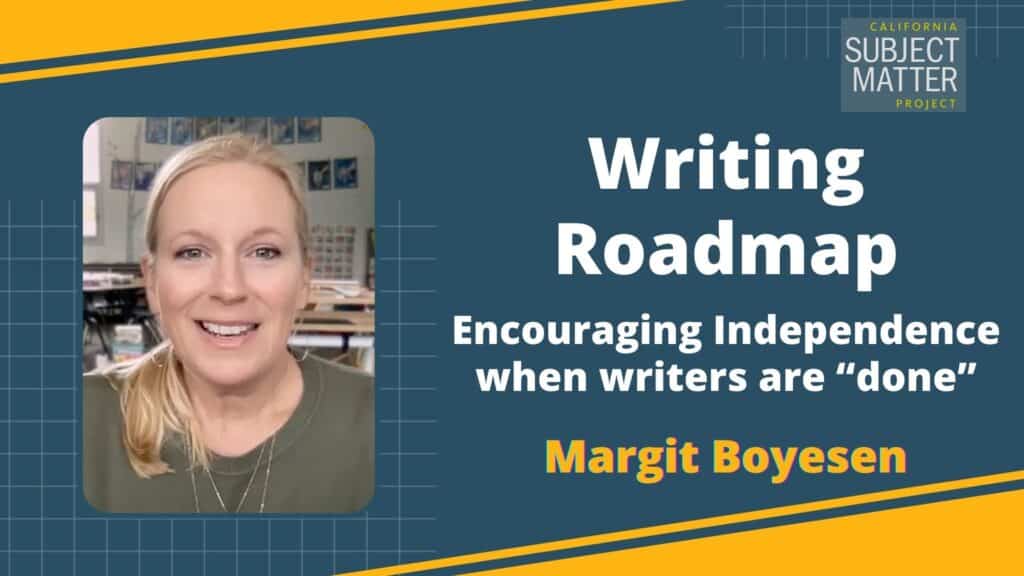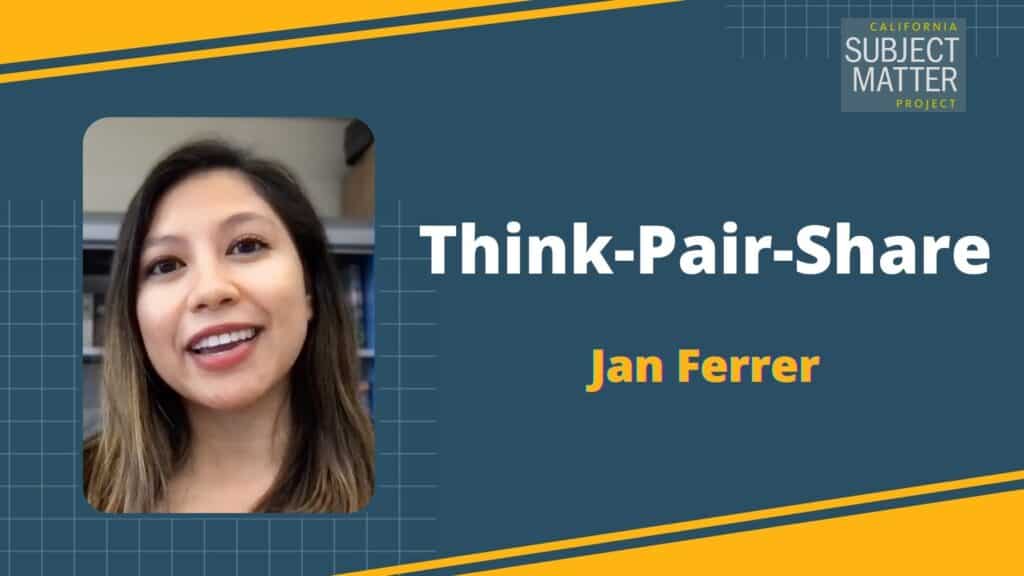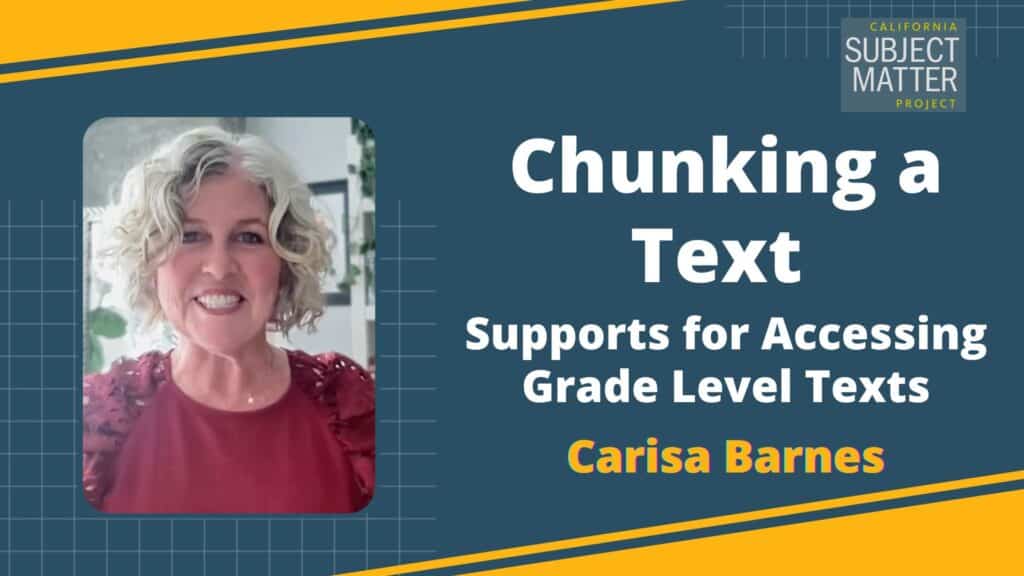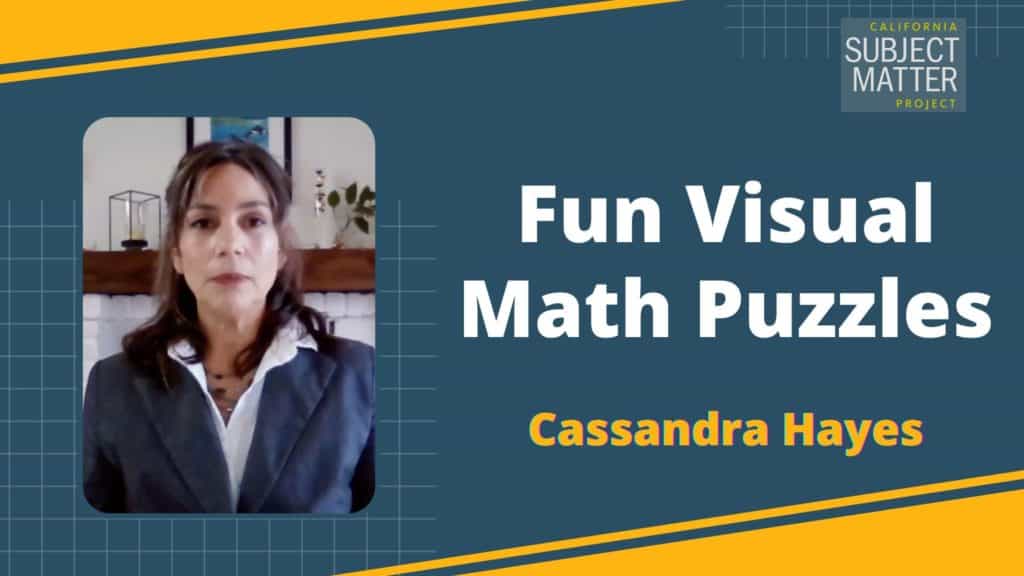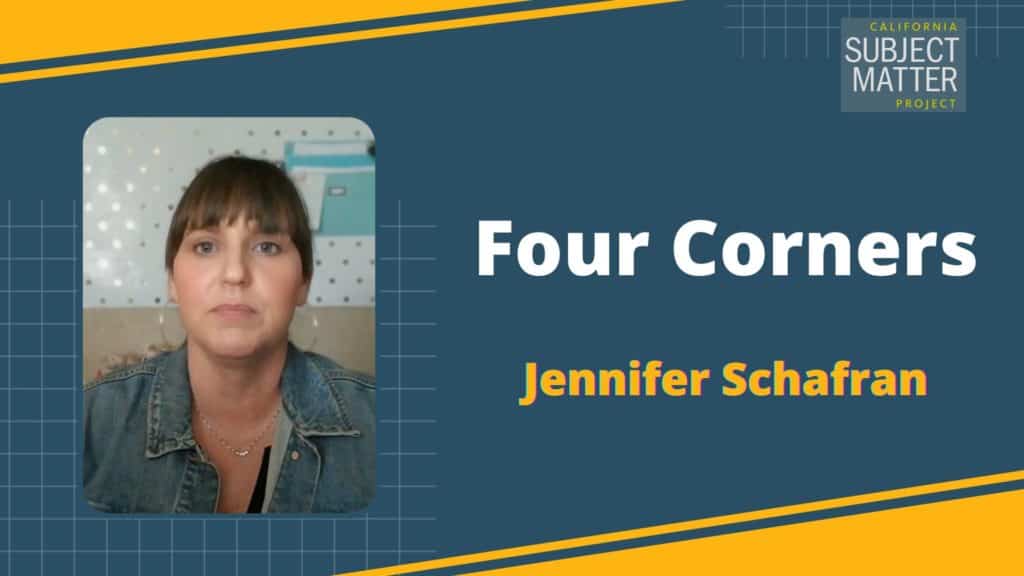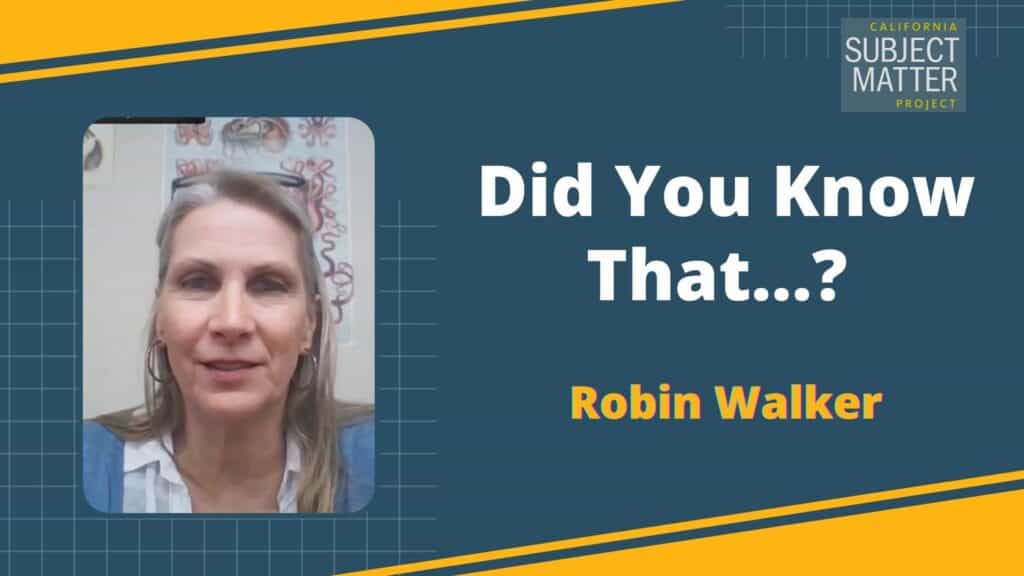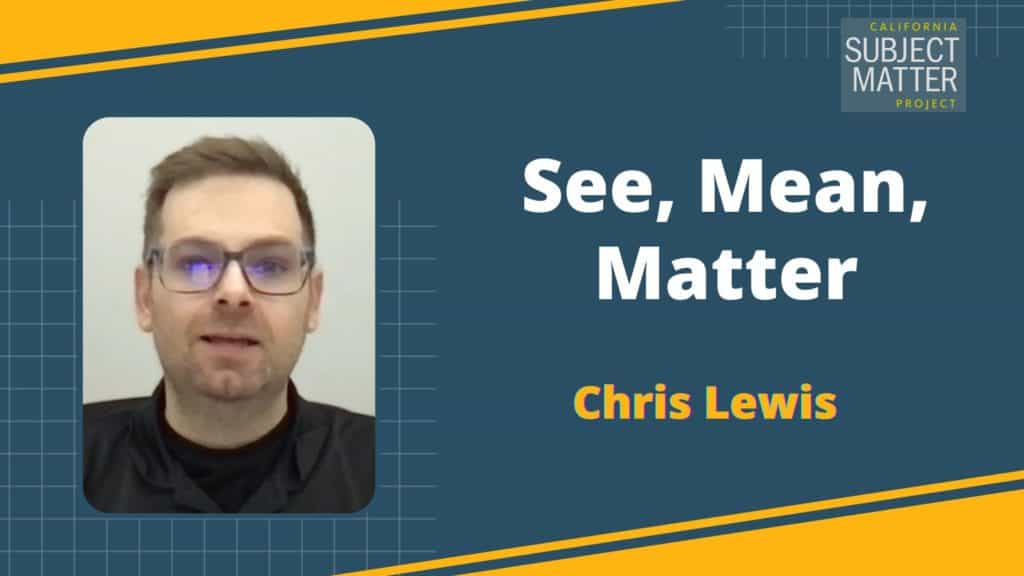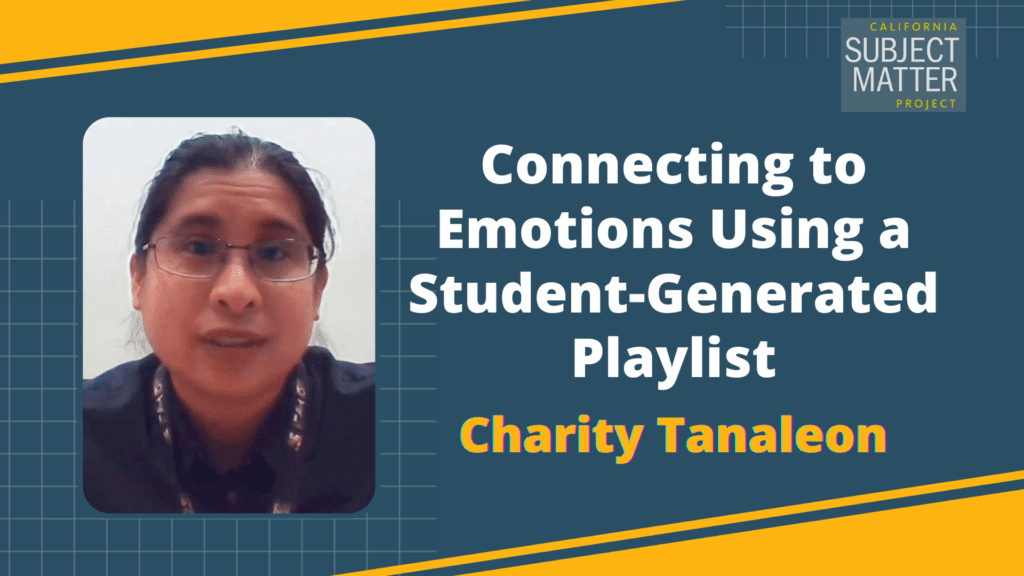Possible Sentences
Join Emily Yamasaki, an instructional coach, in discovering “Possible Sentences,” an engaging pre-reading strategy suitable for grades 2 to 8. This no-prep approach helps students predict content and activate prior knowledge. Emily shares valuable tips to optimize this strategy, including word selection and post-reading activities, making it an efficient tool for your classroom.
Possible Sentences Read More »


